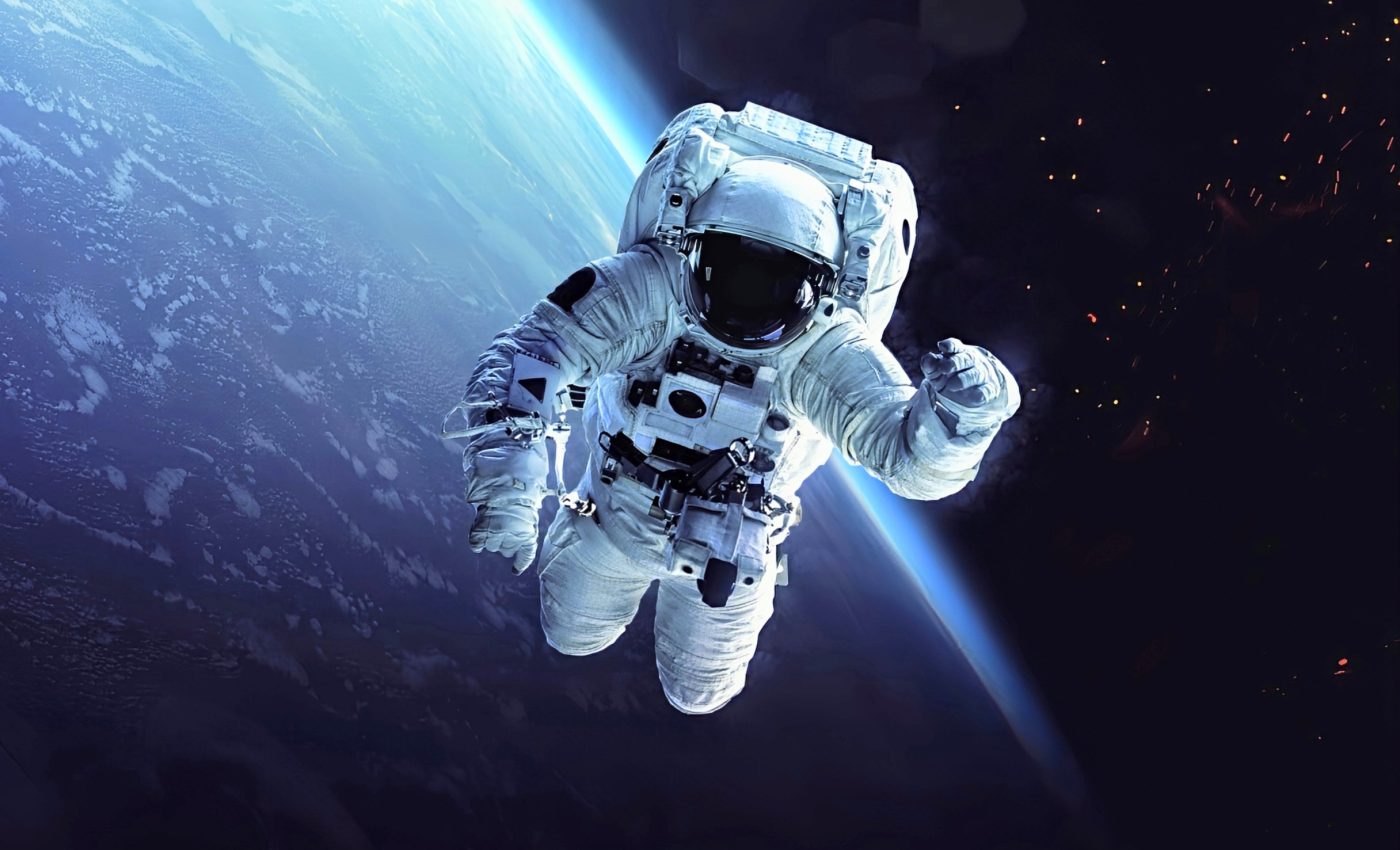
Safeguarding astronauts' mental health in space is no small task
It’s no secret that life on the International Space Station (ISS) is drastically different from the familiar rhythms of life on earth.
From experiencing frequent sunsets and sunrises to dealing with microgravity and living in a confined space, astronauts face challenges that most of us can barely imagine. These unique circumstances can adversely impact astronauts’ performance and overall well-being.
Recognizing the importance of this issue, scientists have undertaken various studies to understand the mental health impacts of space travel.
Experts are also testing various types of technology that may help to safeguard the mental well-being of humans in outer space.
Light therapy in space
A project from the European Space Agency (ESA), aptly named Circadian Light, is presently investigating the effects of a new lighting system on astronauts.
The system uses an LED panel that automatically varies the light spectrum, imitating the condition on Earth.
This experiment is expected to provide valuable insights into the impact of light on circadian rhythm regulation, sleep quality, stress levels, and overall well-being.
Such findings could also benefit shift workers and individuals in extreme or remote environments on Earth.
Tuning into circadian rhythms
The ESA’s earlier investigation, Circadian Rhythms, analyzed how the non-24-hour cycles of light and dark in space alter daily rhythms. This research led to improved countermeasures to protect astronauts’ health and performance.
The scientists used innovative non-invasive skin sensor technology to measure core body temperature, a key factor in determining circadian rhythms.
Navigating communication delays
During missions to the Moon or Mars, communication delays can reach up to 30 minutes each way.
The Comm Delay Assessment investigation examined how these delays might influence crew members dealing with emergencies.
The findings showed that while communication delays did increase stress and decrease task efficiency, enhanced training, teamwork, and technology could effectively manage these problems.
Space impact on brain function
The NeuroMapping study explored changes in brain structure, function, motor control, and multi-tasking abilities during spaceflight. It also measured the recovery time post-mission.
Results published from this work found significant changes in brain connectivity and substantial increases in brain volume that correlated with mission duration and the intervals between missions. Such findings emphasizes the importance of appropriate recovery time between missions.
Therapeutic writing in space
In the Journals investigation, crew members maintained daily journal entries that researchers analyzed to identify well-being related issues. The study provided a data-driven ranking of behavioral issues with prolonged space stay.
The entries covered a range of topics, offering insights into how various factors affect human performance in space and suggesting ways to improve the space experience.
Healing through Earth gazing
The Crew Earth Observations (CEO) initiative allows ISS crew members to take photographs of Earth.
These images reveal anthropogenic and natural changes over time and offer valuable data for ground-based research. Interestingly, this practice also enhances the mental well-being of the crew members.
Virtual reality tools
The European Space Agency’s VR Mental Care project is testing the potential of virtual reality tools to improve astronauts’ mental health during space missions.
Crew members use a headset to view immersive videos and sounds. They then provide feedback on the experience through questionnaires.
This technology has potential applications in managing psychological issues such as stress, anxiety, and post-traumatic stress disorder on Earth.
Future space exploration
As humanity pushes further into the cosmos, the mental health of astronauts becomes an increasingly critical aspect of space exploration.
The research and innovations explored by the experts – from circadian light systems to virtual reality tools – represent just a fraction of the ongoing efforts to ensure that those who venture beyond Earth remain mentally resilient and physically capable.
These scientific advancements not only safeguard the well-being of astronauts during space missions but also offer insights that could improve mental health care here on Earth.
As space agencies continue to refine these technologies, we move closer to making long-duration space travel a safe and sustainable reality, paving the way for future generations of explorers to thrive both mentally and physically as they reach for the stars.
—–
Like what you read? Subscribe to our newsletter for engaging articles, exclusive content, and the latest updates.
Check us out on EarthSnap, a free app brought to you by Eric Ralls and Earth.com.
—–













